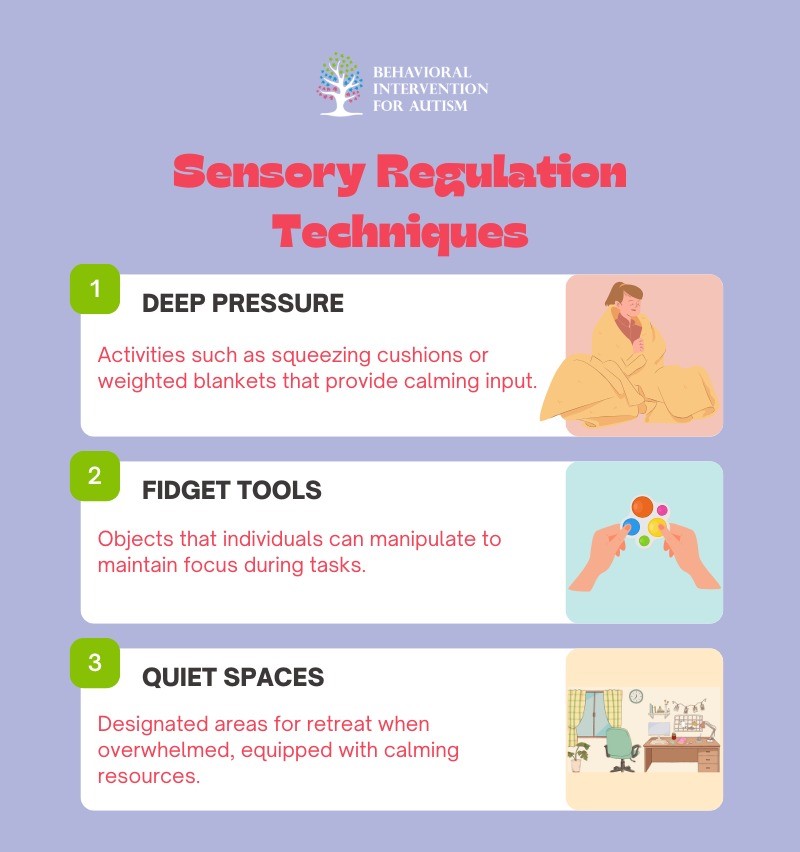
Table of Contents
Attention deficit can frequently co-occur in individuals with Autism Spectrum Disorder (ASD). This combination leads to complex challenges in behavioral and cognitive functioning. Research indicates that many individuals with autism exhibit symptoms related to inattention, hyperactivity, and impulsivity, which can impact their daily lives and learning experiences.
Challenges Faced by Individuals with Autism and Attention Deficit
Combining autism and attention deficit presents distinct challenges for individuals and their families. These obstacles can affect social interactions, academic performance, and emotional regulation.
Challenge | Description |
Social Interaction | Difficulty maintaining attention during conversations, leading to misunderstandings or feelings of isolation. |
Academic Performance | Struggles with completing assignments and following instructions due to inattention. |
Emotional Regulation | Increased frustration and anxiety due to difficulties in focusing and processing information, potentially leading to behavioral outbursts. |
Understanding these challenges is crucial for parents and caregivers. Acknowledging the intersection between attention deficit and autism can help in implementing effective strategies for support and management.
2 Factors Contributing to Attention Deficit in Autism
Understanding the factors that contribute to attention deficit in individuals with autism is crucial for parents and caregivers. Two significant areas of concern are sensory overload and processing difficulties, as well as executive functioning issues.
Sensory Overload and Processing Difficulties
Many individuals with autism experience sensory overload, which can lead to challenges with attention. Sensory overload occurs when an individual is unable to process the large amount of sensory input from the environment. This can create anxiety, confusion, and difficulty focusing.
Common sensory sensitivities include:
Type of Sensory Stimulus | Percentage of Individuals Affected |
Auditory (noises) | 70% |
Visual (bright lights) | 60% |
Tactile (textures) | 50% |
Olfactory (smells) | 30% |
The impact of sensory overload can result in difficulty maintaining attention on tasks as the individual may become easily distracted by overwhelming stimuli. Supporting individuals by providing a controlled sensory environment can help mitigate these effects.
Executive Functioning Issues
Executive functioning encompasses a range of cognitive processes required for goal-directed behavior. Individuals with autism often face challenges with executive functioning, impacting their ability to plan, organize, and prioritize tasks. These difficulties can contribute to attention deficits, making it challenging for them to stay on task.
Common executive functioning challenges include:
Executive Functioning Skill | Impact on Attention |
Planning | Difficulty creating a step-by-step approach to tasks |
Organization | Challenges keeping materials and thoughts orderly |
Time Management | Struggles with estimating time needed for activities |
Impulse Control | Difficulty managing distractions and acting on impulse |
These issues often lead to frustration and reduced productivity. Recognizing these factors enables parents and caregivers to develop appropriate strategies to support individuals with autism in managing their attention effectively.
Diagnosing Attention Deficit in Autism
Diagnosing attention deficit in individuals with autism requires careful assessment and consideration of various factors. It is essential to distinguish between symptoms attributed to autism and those that may indicate attention deficit issues.
Assessment and Evaluation
The assessment process often involves a comprehensive evaluation that includes interviews, questionnaires, and direct observations. This multi-faceted approach helps to gather information from different sources, including parents, teachers, and healthcare providers.
Assessment Component | Description |
Parent Interviews | Gathering detailed accounts of the individual’s behavior and developmental history. |
Teacher Questionnaires | Collecting observations from educators regarding behavior in a school setting. |
Direct Observations | Observing the individual in various environments to assess attention and behavior. |
Standardized Tests | Utilizing specific tests to measure attention levels and cognitive functioning. |
The evaluation may also consider the individual’s strengths and challenges in different settings. A thorough assessment is critical for determining the appropriate support and intervention strategies.
Distinctions from ADHD
While attention deficit can co-occur in individuals with autism, it is vital to recognize the distinctions between attention deficit hyperactivity disorder (ADHD) and attention deficits arising from autism.
Characteristic | Attention Deficit in Autism | ADHD |
Inattention | May be related to sensory processing issues and executive functioning challenges | Typically involves persistent difficulty in sustaining attention across situations |
Hyperactivity | Less common; may manifest as restlessness or stimming behaviors | Characterized by excessive motor activity and impulsiveness |
Focus of Attention | Engagement in focused interests can lead to limited attention on other tasks | Difficulty in maintaining focus regardless of interest |
Social Interaction | Challenges are often rooted in autism’s social communication difficulties | Social challenges may stem from impulsivity or a lack of awareness |
Understanding these distinctions ensures that individuals receive tailored evaluations and interventions that address their specific needs. Properly diagnosing attention deficits in individuals with autism is essential for implementing effective strategies and support systems.
3 Strategies for Managing Attention Deficit in Autism
Managing attention deficit in individuals with autism requires a variety of strategies tailored to their unique needs. The following approaches can be effective in enhancing focus and improving daily functioning.
Structured Routines and Visual Supports
Structured routines provide individuals with a predictable framework for their day. Consistency can greatly reduce anxiety and improve attention span. Visual supports enhance comprehension and retention, helping individuals grasp expectations and transitions more effectively.
Element | Description |
Daily Schedule | A visual representation of daily activities using images or icons. |
Timers | Visual or auditory timers to signal changes in activities, fostering transitions. |
Checklists | Step-by-step lists of tasks for improved organization and focus. |
Sensory Regulation Techniques
Sensory regulation techniques aid individuals in managing sensory inputs that may contribute to attention difficulties. By identifying personal sensory preferences, caregivers can implement strategies that promote self-regulation.

Behavioral Interventions
Behavioral interventions involve tailored strategies to promote desirable behaviors while reducing distractions. These can be structured through reinforcement and consistent feedback.
Intervention | Description |
Positive Reinforcement | Rewarding desired behaviors to encourage repetition, such as praise or small incentives. |
Token Economy | A system where individuals earn tokens for completing tasks, which can be exchanged for rewards. |
Social Stories | Written or visual narratives that depict social scenarios to improve understanding and responses. |
Implementing these strategies can create a supportive environment for individuals with autism and attention deficits, potentially improving their overall focus and daily functioning.
Take the First Step Toward Better Focus
We understand how challenging attention deficits can be for individuals with autism, but you’re not alone in this journey. At Behavioral Intervention for Autism, we offer personalized ABA therapy services designed to help improve focus, attention, and daily functioning. Our dedicated team tailors each program to meet your child’s unique needs, ensuring they receive the highest quality care. Ready to see meaningful progress? Reach out to us today and explore how our specialized ABA programs in Florida can make a difference. Let’s work together to help your child thrive—contact us now to get started!
Sources:
- 9 Common Obsessions of Children With Autism You Should Know - February 25, 2025
- What is Neurodiversity? A Guide to Embracing Differences - February 25, 2025
- Understanding Hyperfocus in Autism: What It Means and Why It Happens - February 25, 2025

